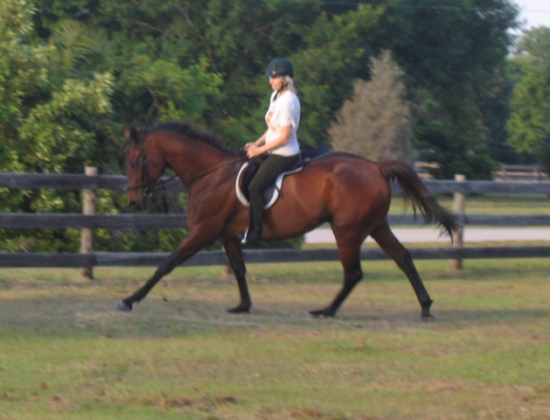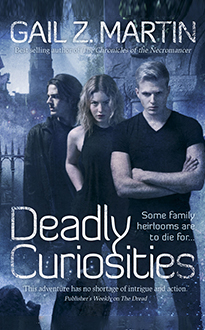 by Michele Lang
by Michele Lang
Writers of historical fantasy face so many pitfalls. We have to get our historical facts right, and capture the truth of a place we can never visit – the past. We have to build a believable world that incorporates both the historical setting and the fantastical elements we interweave. We must create convincing characters that embody both the historical milieu and their own peculiar magic — and most difficult of all, we must make this multilevel process look effortless or we lose our readers.
By trial and error, I’ve developed some moves designed to balance the historical and fantastical in my work:
*Escape the Research Bog: I am a history freak who would gladly stay stuck in the research phase forever, but I have to stop research at some point to write. Some people recommend you do all of your research up front; others say that you should search for information only after you’ve dug your characters into a deep hole. Why not do both? Get oriented, and when you think you know enough, follow your characters. And when you come up short, dip back into research to get clues that will help you advance.
*Secondary Sources: History is written or other documentary evidence of past events. Secondary sources of evidence – scholarly historical works, essays, biographies – will give you the best overview of a particular historical period. To get up to speed quickly, I suggest starting with middle grade or YA histories – they tend to present the facts in a straightforward way.
*Dig Deeper with Primary Sources: Once you have a feel for the major events and geopolitical forces at play, you need to hunt out primary sources. Diaries, newspaper articles, and letters will give you the voices of people who lived through the period. Their biases and unspoken assumptions will tell you a lot more than a scholarly history, but remember that these individual voices are not objective. It’s good to read a number of them, and see where they disagree.
Where to find good primary sources? A well-researched history will list primary sources in its Bibliography; costume books and cook books can also give you some insights into the clothes and culinary delights of a place.
*Metabolize the Past: To get a flavor of a place and time, go deeper still and listen to the music, wear the costumes, eat the food, smell the spices, drink the libations. The Internet is a great place to find organizations devoted to exploring and recreating historical periods. Obvious places to start are groups like the Society for Creative Anachronism. https://www.sca.org/
*Some Dangers and Opportunities: Beware travel guides! They are a good introduction, but guides are themselves a product of a particular place and time. No location is static, and some places transform more completely and abruptly than others.
For example, I write about 1930s Budapest in my LADY LAZARUS series. Budapest entered its Golden Age before World War I; by the end of World War II the gilded city was blasted into ruins. When I first visited Budapest in the 1980s, the city was a muted gray, and the people never stopped moving. During Budapest’s heyday, the city had a thriving café culture, where lawyers, photographers, moviemakers, and poets plied their trade, debated the politics of the day, and made loitering an art form.
And yet, details bring the soul of a setting to life. At a bakery in the old city of Buda, I bought a hard, heart-shaped cookie with a mirror stuck into it, the stiff black icing spelling out “From My Heart” underneath the mirror in Hungarian. I still remember the quail eggs floating like eyeballs in my soup, can almost taste the hot coffee served alongside pitchers of hot milk.
Travel can’t give you a city as it was decades or centuries ago; still, nothing is better for capturing ephemeral sensory details, the telling details that will sometimes give you the essence of a place.
*Magic in History: My favorite part of writing historical fantasy is discovering the point of departure from the bare historical record — where the fantastical elements begin to grow organically from the place and time of your story.
Here’s another example from LADY LAZARUS. In my preliminary research I learned that the Werewolves https://www.answers.com/topic/werwolf-1 were partisan units trained by the SS to keep fighting after the war was lost in 1945. In the world of LADY LAZARUS, these partisans are actual werewolves, and the Wolf’s Lair https://www.polandforall.com/wolfs-lair-hitlers-headquarters-gierloz.html , where Hitler commanded the Eastern Front, becomes the headquarters of the werewolves and their pack leader supreme.
A great historical fantasy illuminates the past by embellishing it with magic. To achieve this balancing act and tell a compelling, believable story is a kind of magic in itself.
Here are some links for your own writer’s grimoire:
Article by Elizabeth Bear – “Achieving Freshness in Fantasy.” How to put original spin on material that may have been mined by other writers before you. https://www.reflectionsedge.com/archives/dec2004/afif_eb.html
“Historical Research for Fiction Writers” by Catherine Lundoff. A nice overview of historical research, with a list of internet resources at the end.
https://www.writing-world.com/fiction/lundoff.shtml
For inspiration, check out the website of the PBS series “History Detectives” – the show itself is fun to watch, and you might get story ideas from watching the investigators hunt down clues about the past.
https://www.pbs.org/opb/historydetectives/techniques/index.html
You can listen to the audio from when Michele was a guest of Blog Host, Gail Z. Martin’s Ghost in the Machine podcast here: https://www.audioacrobat.com/play/Wrc6sYjX













